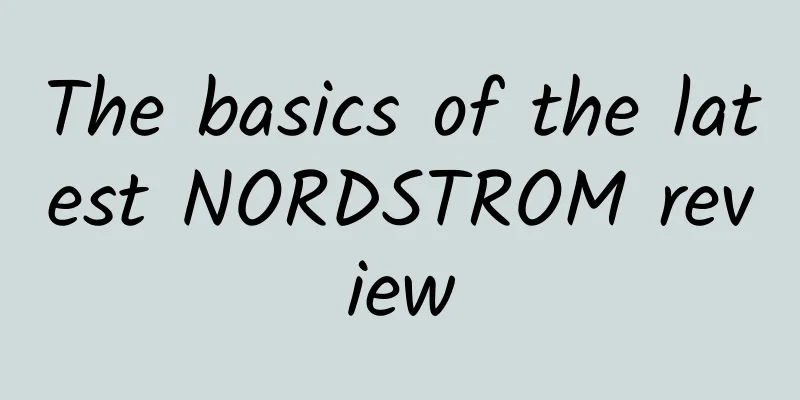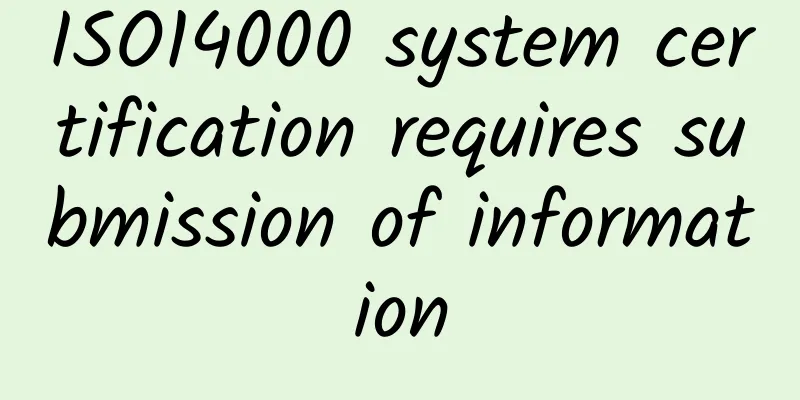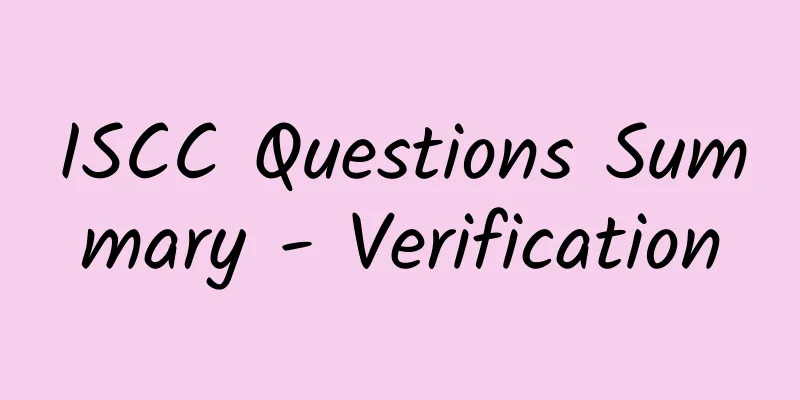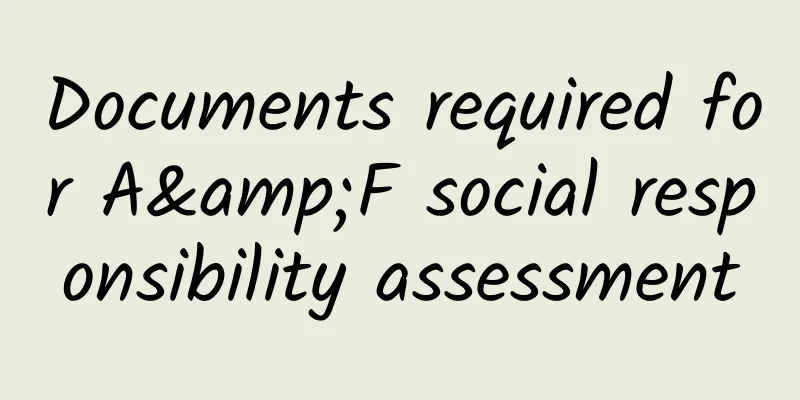Background of ISO14000 series standards
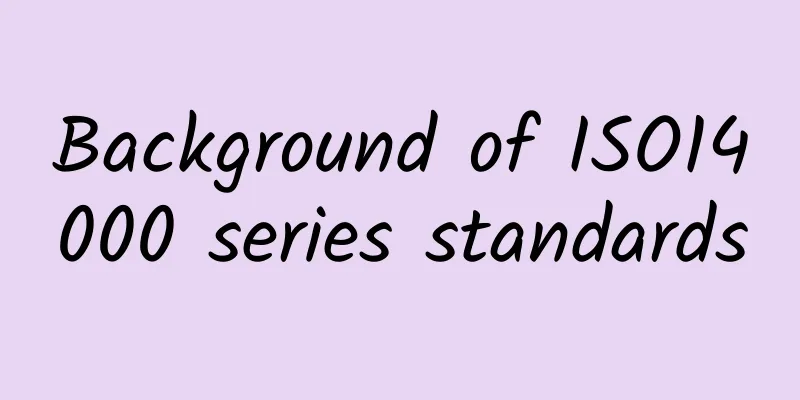
|
Background of ISO14000 series standards : With the continuous development of society and economy, more and more environmental problems are encountered, such as greenhouse effect, acid rain pollution, ozone layer depletion, serious water pollution, land desertification, grassland degradation, sharp decline in forests, etc. Since the 1990s, these environmental problems have become more and more serious, and have endangered the healthy survival and development of human society. Faced with such a severe situation, countries around the world and many people of insight are constantly exploring countermeasures to coordinate environment and development. At the United Nations Conference on Environment and Development held in 1992, five important documents, including the "Declaration on Environment and Development" and the "Agenda 21", were adopted. In the programmatic document "Agenda 21", the strategy of "sustainable development" was formally determined. More and more organizations (especially some non-governmental organizations) have also formulated corresponding policies based on the sustainable development strategy, such as the International Chamber of Commerce has formulated the Business Charter for Sustainable Development. Some new environmental management means and tools have been increasingly widely used, such as using the product life cycle assessment method to study the environmental impact of products from "cradle to grave", and introducing tools and means such as waste minimization and clean production into organizational environmental management. Under this general trend, the International Organization for Standardization (ISO) established the 207th Technical Committee (TC207) in June 1993 to respond to the United Nations' call for sustainable development, which is specifically responsible for formulating environmental management standards. The ISO14000 series of standards refers to a series of environmental management standards drafted by the International Organization for Standardization ISO/TC207. It includes standards such as environmental management systems, environmental audits, environmental labels, and life cycle assessments, and has reserved 100 standard numbers for its subsequent development. In this series of standards, ISO 14001 is the core standard. It is gradually developed for the products, services, and activities of organizations, and provides a comprehensive and complete set of scientific environmental management tools and means for the environmental management of organizations in various countries, reflecting the "new ideas and methods of self-environmental management" under market conditions. So far, in the ISO 14000 series of standards, the International Organization for Standardization has issued dozens of standards, of which 12 standards have been equivalent to my country's national standards, which are: GB/T 24001—1996 idt ISO 14001:1996 Environmental Management System Specification and User Guide GB/T 24004—1996 idt ISO 14004:1996 General Guide to Environmental Management Systems Principles, Systems and Supporting Technologies GB/T 24010—1996 idt ISO 14010:1996 Environmental Auditing Guidelines General Principles GB/T 24011—1996 idt ISO 14011:1996 Environmental Audit Guide Audit Procedure Environmental Management System Audit GB/T 24012—1996 idt ISO 14012:1996 Environmental Auditing Guide Environmental Auditor Qualification Requirements GB/T 24020—1996 idt ISO 14020:1998 Environmental management General principles for environmental labels and declarations GB/T 24021—1996 idt ISO 14021:1999 Environmental management Environmental labels and declarations Self-declaration of environmental information (Type II environmental labeling) GB/T 24024—1996 idt ISO 14024:1999 Environmental management Environmental labels and declarations Type I Environmental labeling principles and procedures GB/T 24031—1996 idt ISO 14031:1999 Environmental Management Environmental Performance Evaluation Guide GB/T 24040—1996 idt ISO 14040:1997 Principles and framework for life cycle assessment of environmental management GB/T 24041—1996 idt ISO 14041:1998 Environmental management life cycle assessment purpose and scope determination and inventory analysis GB/T 24050—2000 idt ISO 14050:1998 Environmental management terminology Through the above introduction to the background of the ISO14000 series of standards, we have a certain understanding of this. If you want to know more about the ISO14000 series of standards, you can make detailed inquiries through online consultation or telephone. We have factory inspection experts to answer your questions for free and help you pass the factory inspection smoothly! |
<<: Customer factory audit - Chicos factory audit behavior standards
>>: ISO9000 family system certification standards
Recommend
Misunderstandings about the ownership of certification work when implementing ISO9000 certification in small and medium-sized enterprises
Misunderstandings about the ownership of certific...
2021 Latest! GRS Certification Requirements for Recycled Materials and Supply Chain
GRS certification is developed for the needs of t...
Interpretation of ISCC Audit Key Points
Interpretation of audit points 1. Remote audit an...
Three reasons why Walmart may only get an orange light during factory inspections
Since Walmart implemented the new certification st...
What is Hello Fax? How to use Hello Fax
What is Hello Fax? Hello Fax is a free fax servic...
What is Quiminet? What services does Quiminet provide?
Many sellers know that South America is one of th...
What are the advantages of bestseller factory audit?
What are the advantages of bestseller factory aud...
Overview of Auchan Group's investment and development in China
Overview of Auchan Group's investment and dev...
How about Jitong International Freight? What services does Jitong International Freight provide?
How about Jitong International Freight? JiTong In...
What is Efficient Era? What are the features of Efficient Era?
What is Efficient Era? Efficient Era is an all-in...
How to bind a bank card to PayPal? Which bank cards does PayPal support?
How to bind a bank card to PayPal? It is very sim...
Do you know the global standards for the use of recycled plastics?
As countries around the world have successively c...
How to create a hot-selling product on eBay? Where to analyze?
How to create a hot item on eBay? eBay tried ever...
Rubicon Project — online advertising technology company
What is the Rubicon Project? RubiconProject is an...
How is Unitex? What are the first-leg services of Unitex FBA?
How about Unitex? Since Unitex was founded in Hon...
